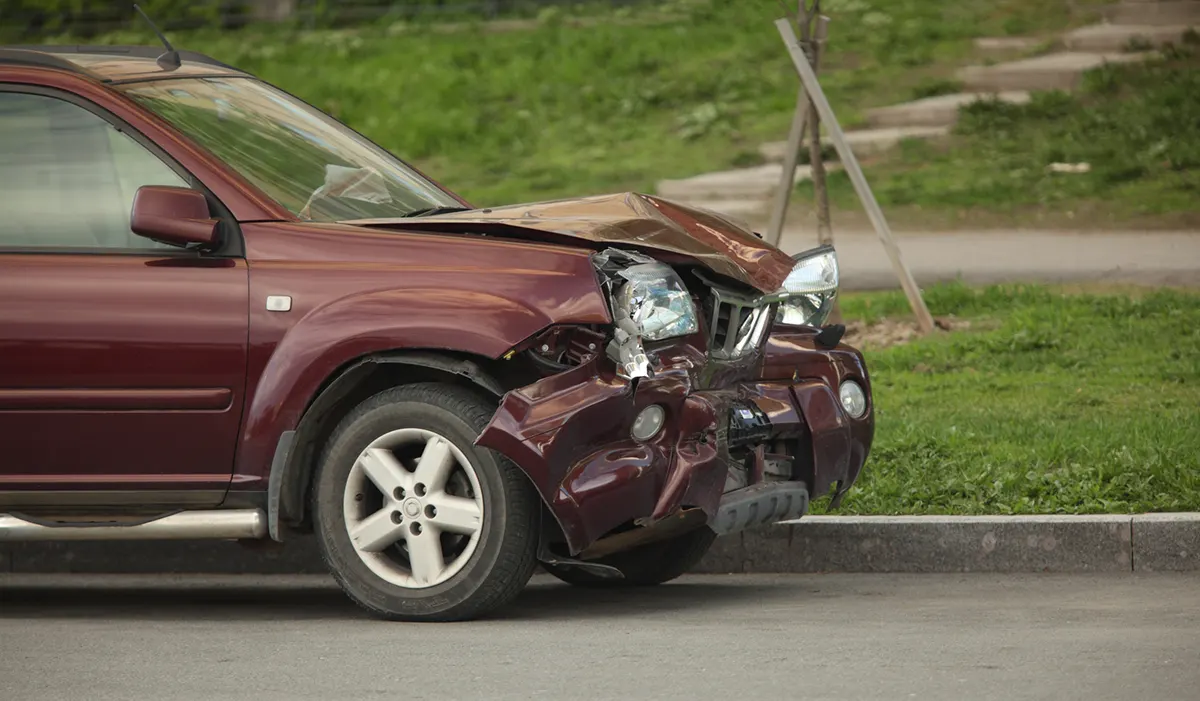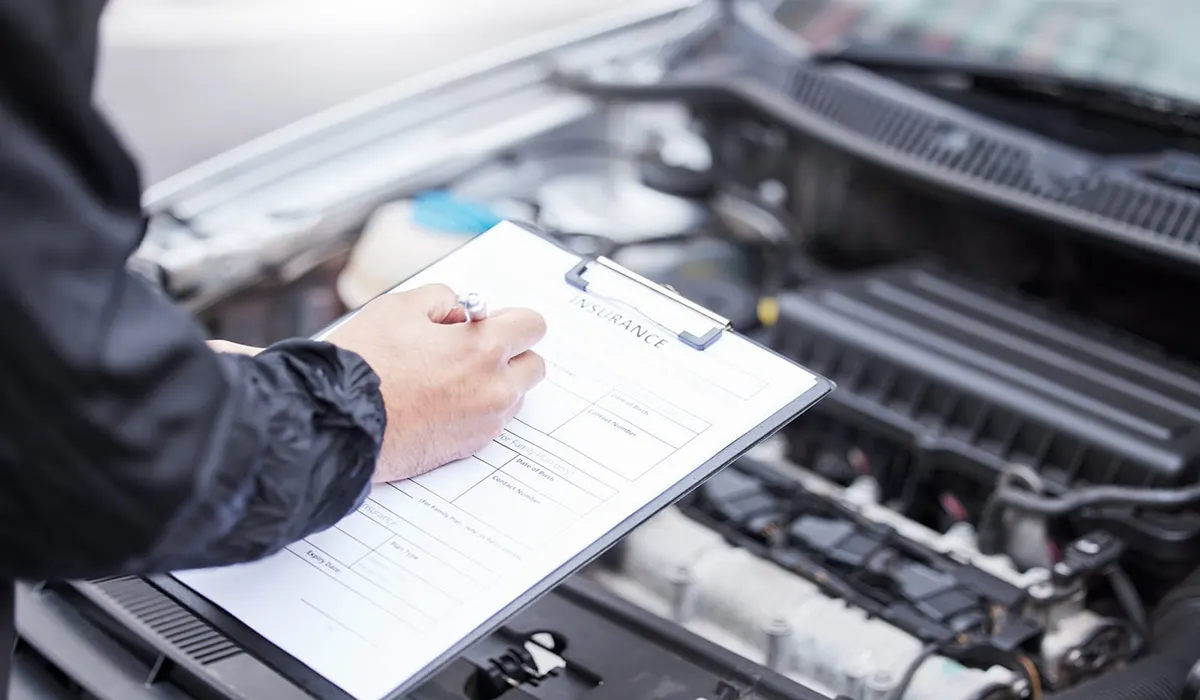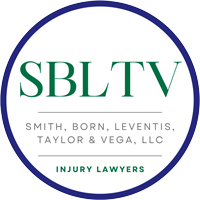
T-Bone Collisions in Columbia, SC: Understanding the Aftermath
Understand your rights and the steps to take after a T-bone crash in SC to minimize your liability and maximize your compensation
T-bone collisions, also known as broadside crashes or side-impact crashes, occur when one vehicle hits the side of another, typically at an intersection. Due to the minimal crumple zone protection on the sides of vehicles, T-bone crashes can be incredibly dangerous and cause serious injuries and death.
If you’ve been injured in a T-bone collision in Columbia, SC, you’re likely facing medical bills, lost wages, and emotional distress.
This guide explores the key aspects of T-bone collisions, including the common causes and steps to take after an accident, and explains why consulting with an experienced Columbia injury lawyer can be crucial in recovering maximum compensation for your losses.
How dangerous is getting T-boned?
According to the South Carolina Traffic Collision Fact Book, over 1,100 people died in motor vehicle accidents across the state in 2021. This number rose by 15.4% compared to 2020. Another 37,000 people also suffered injuries in collisions that year, which marked a 9% increase from the prior year.
T-bone accidents are often considered more dangerous than other collisions. Unlike the front of a vehicle, the sides lack safety equipment that would otherwise create a buffer to protect the occupants. Because of this, a T-bone can leave people suffering catastrophic injuries or even fatalities.
While there are no statistics specifically available about T-bone accidents in South Carolina, the National Highway Traffic Safety Administration (NHTSA) estimates that about 15% of all crashes in the U.S. involving serious bodily injuries or fatalities are side-impact accidents.
What causes a T-bone accident?
Many factors can contribute to T-bone collisions. Often, the most common is when a driver runs a red light or stop sign. This can lead to a vehicle slamming into the side of another that has the right of way.
Failing to yield the right of way can also cause a T-bone accident if one driver enters an intersection without adhering to traffic signs, signals, or rules, leading to a collision with the side of another vehicle that has the legal right of way.
Another significant cause of T-bone accidents, and accidents in general, is distracted driving, which is a factor in thousands of deaths on U.S. roadways each year. Drivers focused on an activity other than controlling their vehicle pose the risk of all types of accidents, including T-bones. Talking on the phone, texting, using a handheld GPS, eating, and even daydreaming can distract a driver to the point where they’re unsafe to everyone on the road.
Drunk or drugged driving is also a common cause of T-bone collisions in Columbia. Even small amounts of alcohol and legal prescription drugs can impair a driver, increasing the likelihood of a collision.
With that said, some factors causing T-bone accidents are beyond a driver’s control. If a traffic signal is defective, people don’t always know when it’s safe to proceed, and mistakes can happen. Additionally, sometimes mechanical failures can lead to these types of accidents, potentially making the manufacturer of the vehicle or its parts liable.
Columbia wrongful death attorneys fighting for justice
Learn about your rights and how to file a claim to pursue justice and compensation after the tragic death of a loved one due to another driver’s negligence.
What is the most common injury in a T-bone accident?
Because the sides of a vehicle lack the protection of its front and back, T-bone accidents often cause serious injuries. Some of the most common are head and neck injuries, such as concussions, whiplash, or severe traumatic brain injuries.
T-bone accidents can also cause chest and torso injuries, like broken ribs and internal bleeding. The latter often signifies organ damage, which should be considered a medical emergency.
Broken bones can occur in all types of car accidents, but they’re even more likely in T-bone crashes. Victims naturally brace themselves upon impact, which can cause arm injuries. The sheer force of the collision can even lead to broken legs. Simple fractures are relatively easy to repair, but compound injuries leave bone out of place, penetrating the skin and requiring surgery.
Psychological trauma is an injury that cannot be seen, but it can have lasting effects. Some people develop post-traumatic stress disorder (PTSD) after these accidents and may need extensive therapy to cope during their recovery period.
Steps to take after a T-bone collision in SC to protect your rights
After a T-bone accident, it’s crucial to take certain steps to protect your health and financial interests.
- Seek medical help. Your health comes first, so you must always seek medical attention as soon as possible. These collisions often result in serious injuries, so even if you don’t show symptoms immediately, you might start feeling sore several days or weeks later. Failure to seek medical attention immediately after the crash could weaken your claim.
- Exchange information with the other driver. Avoid making conversation with the other driver after the accident, but exchange names, contact information, license plate and driver’s license numbers, and insurance information. Never admit fault or even apologize for the accident, as this can be used against you.
- Gather evidence. Document the scene by taking photos that show the damage to the vehicles and other items. You may also want to snap a few pictures of your injuries, the ground and skid marks, traffic signs and signals, and even the weather conditions.
- Notify the insurance company. Next, contact your insurance company as soon as possible. While speaking with a representative, stick to the facts and avoid giving your opinions or providing any unnecessary information.
In many cases, it’s wise to consult with a personal injury attorney with experience in car accident cases. Your lawyer can handle all the legal red tape, including gathering evidence to demonstrate the other driver’s liability, negotiating with the insurance company on your behalf, and helping you determine the best way to proceed.
Potential compensation and liability after a South Carolina T-bone collision
South Carolina follows a fault-based car insurance system. This means that you must file a personal injury claim directly against the at-fault driver to recover compensation. This can include your medical bills, lost wages, lost earning capacity, pain and suffering, and property damage.
If your vehicle is totaled, which often happens in these types of accidents, you can recover damages for replacing or repairing it.
In South Carolina, it’s important to note that multiple drivers can share fault in a T-bone collision. The state utilizes a modified comparative negligence rule, which means that your compensation may be reduced by the percentage of fault assigned to you.
For example, if you are found to be 20% responsible for the accident, your compensation will be reduced by that percentage. It’s crucial to understand that if you are deemed more than 50% at fault, you will not be eligible to recover any compensation under this rule.
This emphasizes the importance of gathering comprehensive evidence and obtaining legal advice to accurately establish fault and protect your rights.
Hit by an uninsured driver in South Carolina: What you should do
Learn about your legal options for recovering compensation and the steps to take in Columbia.
Get help with your T-bone accident claim from an experienced Columbia car accident attorney
If you or a loved one has suffered a serious injury or fatality in a T-bone accident caused by another driver’s negligence, the knowledgeable Columbia car accident attorneys at Smith, Born, Leventis, Taylor & Vega can help.
Our dedicated personal injury team has extensive experience in Columbia car accident cases and a solid track record of successful claims and settlements. With a deep understanding of South Carolina’s laws and a proactive approach to each case, we work tirelessly to achieve the best possible outcomes for our clients, guiding them through every step of their recovery journey.
Contact Smith, Born, Leventis, Taylor & Vega today for a free consultation to discuss your specific case and explore your legal options. We can help you navigate the legal process and fight for the compensation you deserve to recover from your injuries.
References
National Highway Traffic Safety Administration. (2020, November 5). Distracted Driving. National Highway Traffic Safety Administration; United States Department of Transportation. https://www.nhtsa.gov/risky-driving/distracted-driving
SOUTH CAROLINA TRAFFIC COLLISION FACT BOOK. (n.d.). https://scdps.sc.gov/sites/scdps/files/Documents/ohsjp/fact%20book/2021%20Fact%20Book%20Final.pdf
Traffic Safety Facts 2021 A Compilation of Motor Vehicle Traffic Crash Data. (n.d.). https://crashstats.nhtsa.dot.gov/Api/Public/ViewPublication/813527


